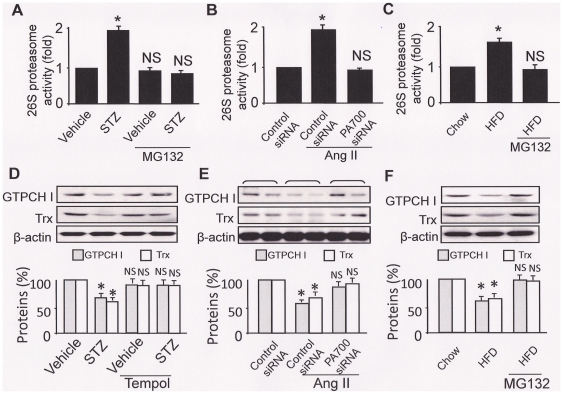Figure 3. The 26S proteasome is activated and results in degradation of the target proteins, which can be prevented either by ONOO− inhibition or by MG132 administration, in aortic homogenates from mouse models of diabetes, hypertension, and dyslipidemia.
Mouse models of (A) diabetes (STZ: 50 mg/kg/d, sham: sodium citrate, i.p., 5d; MG132, 5 mg/kg/d, i.p., 2d; n = 5/group); (B) hypertension (angiotensin II: 0.8 mg/kg/d, sham: saline; osmotic pump infusion, 14d.; PA700/S10B/control siRNA, i.v. 7d; n = 5/group) and (C) high fat-diets-induced atherosclerosis (LDLr−/− mice, normal chow or HFD, 8 wks; MG132: 0.8 mg/kg/d; sham: saline; osmotic pump infusion, 2 wks after HFD, 6 wks; n = 5/group). AT the end of the animal experiment, aortas were removed and their homogenates were either subjected to 26S proteasome activity assay (chymotrypsin-like activity) (A–C), or Western blotting with the corresponding antibodies as indicated. All results (n = 5) were analyzed with a one-way ANOVA. * indicates significant vs. control; NS: not significant vs. control.

